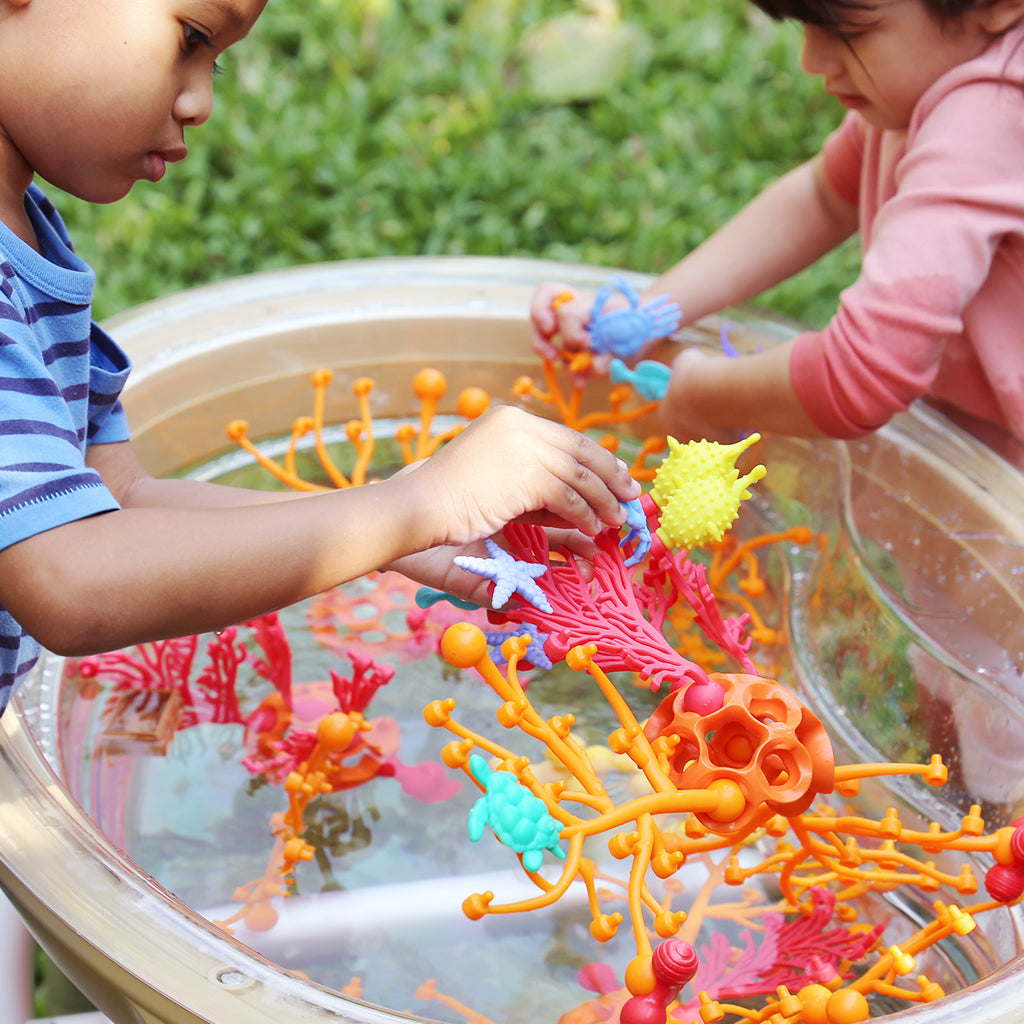
Why Gendered Toys Are Old Game
Toys have come a long way since they were first introduced to children. But it’s also no secret that for a very long time, toys have perpetuated gender labels due to them being marketed as being either “for girls” or “for boys.”
Fortunately, gender-exclusive toys are already on their way out as more toy makers realise the importance of producing gender-inclusive toys that encourage meaningful play without making children think that they have to be restricted to a specific set of toys just because of their gender.

Viewing the current landscape
If you look back at past commercials and print ads for toys, you’ll see that most, if not all of them are subject to gender-specific marketing. Dolls were only played with by girls, and action figures were pretty much a boy’s club. As the times have become more progressive, toy brands are now adopting a more gender-neutral stance when it comes to promoting their toys. For instance, Lego announced in 2021 that it would commit to removing gender labelling and gender-biased marketing from its toys, making their products more inclusive.

The times are changing
Parents nowadays are now more open-minded than ever when it comes to the things that they buy for their children. Unfortunately, some commercials still tell people that dolls are only for girls and robots are for boys.
Since commercials have a huge influence over purchasing decisions, they make for a logical starting point for creating change. This is to ensure that both children and their parents understand the importance of inclusivity and being gender-inclusive when it concerns the toys they play with.

Making a case against gendered toys
Toys and gender identity were not always intertwined; the commercialisation of toys changed this. Over time, the roots of this marketing ideology extended to the mass market, resulting in unnecessary limitations being placed on children.
But neither colour, type, nor variety should obstruct kids from exploring and indulging in toys. In fact, some studies show that toys displaying gender bias may affect the growth and development of children.
In addition, the results of a survey showed that 71% of boys feared judgement and teasing that they perceived would come with playing with toys that were branded for girls, and their parents also displayed the same sentiment.
Paving the way forward
While gender bias in toys hasn’t been given as much media attention as it should have, things are finally changing for the better. More manufacturers and consumers are receptive to the concept of gender-inclusive toys and appreciative of the benefits of inclusive play. This may seem trivial to some, but the impact that it has on how generations of children view and interact with the world around them is undeniable.
